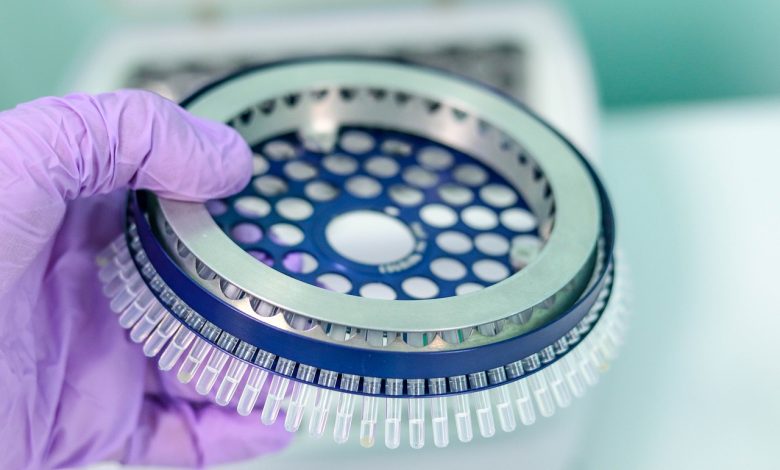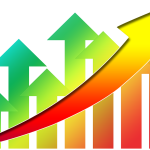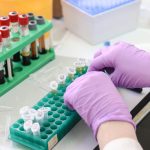PCR Technology Market and Competitive Analysis Report 2023-2028

The global PCR (Polymerase Chain Reaction) technology market is anticipated to experience significant growth, reaching an estimated $13.9 billion by 2028 with a Compound Annual Growth Rate (CAGR) of 5.3% from 2023 to 2028, according to the “PCR Technology Market: Trends, Opportunities and Competitive Analysis 2023-2028” report by Research and Markets.
Key Drivers and Market Insights:
1. Rising Occurrences of Diseases and Genetic Disorders: The major drivers for the PCR technology market include an increase in the occurrences of infectious diseases and genetic disorders in infants. The technology is becoming essential for accurate diagnostic methods and personalized medical approaches.
2. Growing Need for Diagnostic Methods: There is a growing need for sophisticated diagnostic methods, and PCR technology plays a crucial role in this regard. It is particularly highlighted by the increasing adoption of PCR in medical settings for rapid and accurate diagnostic examinations, a trend that became more prominent during the COVID-19 pandemic.
3. Segment Analysis:
• Reagents and Consumables: This segment is expected to remain the largest over the forecast period due to consistent demand in laboratories and research institutes, advancements in reagent compositions, and the introduction of novel PCR enzymes.
• Hospitals and Diagnostic Centers: This segment is expected to remain the largest end-use industry, driven by the increasing incidence of infectious diseases, rising cancer screenings, and the growing adoption of PCR in medical settings.
4. Geographical Focus:
• North America: Expected to remain the largest region due to positive government initiatives, a robust healthcare infrastructure, and adaptable regulatory frameworks.
Features of the Report:
1. Market Size Estimates: The report provides market size estimates in terms of value ($B).
2. Trend and Forecast Analysis: It includes market trends from 2017 to 2022 and forecasts from 2023 to 2028 by various segments and regions.
3. Segmentation Analysis: The report covers PCR technology market size by various segments, such as by product, technology, end-use industry, and region in terms of value ($B).
4. Regional Analysis: It breaks down the PCR technology market by North America, Europe, Asia Pacific, and the Rest of the World.
5. Growth Opportunities: The report analyzes growth opportunities in different products, technologies, end-use industries, and regions for the PCR technology market.
6. Strategic Analysis: This includes M&A, new product development, and the competitive landscape of the PCR technology market.
7. Analysis of Competitive Intensity: The report uses Porter’s Five Forces model to analyze the competitive intensity of the industry.
PCR Technology Market Segmentation:
The study includes trends and forecasts for the global PCR technology market by product, technology, and end-use industry. The market segments include:
1. PCR Technology Market by Product:
• Software and Services
• Instruments
• Reagents & Consumables
2. PCR Technology Market by Technology:
• Conventional PCR
• Real-time PCR
• Digital PCR
• Reverse Transcription PCR
• Hot-Start PCR
• Multiplex PCR
• Others
3. PCR Technology Market by End Use Industry:
• Hospitals and Diagnostic Centers
• Healthcare Industry
• Academic and Government Organizations
• Pharma-Biotech Companies
• Applied Industries
Company Profiles:
The report includes profiles of key players in the PCR technology market, highlighting their strategies such as manufacturing facility expansion, R&D investments, infrastructural development, and integration opportunities across the value chain. Some of the profiled companies include Thermo Fisher Scientific, Promega Corporation, Becton Dickinson and Company, Agilent Technologies, F. Hoffman-La Roche, Bio-Rad Laboratories, Abbott Laboratories, Fluidigm Corporation, Danaher Corporation, and Takara Bio.





